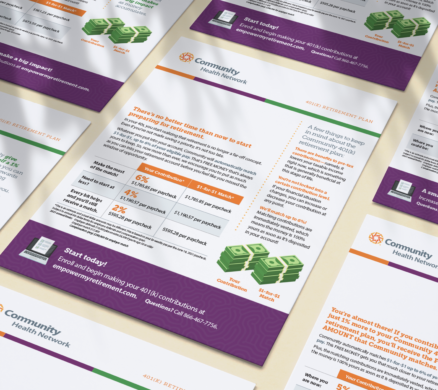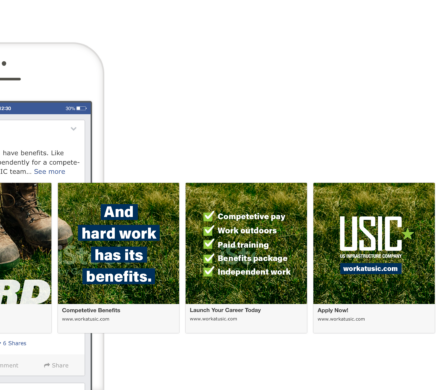
Some reports say yes. Seven in 10 workers report they are at least “somewhat confident” about retirement savings, according to the Employee Benefit Research Institute and Greenwald Research annual Retirement Confidence Survey. The survey reports that 8 in 10 retirees believe they’ll have enough money to live comfortably through their golden years.
Yet they may be overconfident, according to other survey results.
Almost half of the workers polled agreed with the statement, “I don’t have enough income to save for retirement.” And 57% of workers said they plan to work in retirement, with 80% of those respondents citing “financial reasons” for remaining in the workforce, according to the Transamerica Center for Retirement Studies survey.
Current inflation woes and a concerning global economy muddy people’s outlooks even more.
Employers need to communicate their retirement and financial well-being programs are available not just for the present moment but also as they look ahead. If you don’t discuss your company’s retirement plan in a way that helps employees understand its benefits, they will be less likely to use it to meet their long-term financial goals.
Here are four things we do at Westcomm to ensure retirement communications hit the mark for our clients:
1. Use a targeted approach.
Participants don’t typically respond to a “one-size-fits-all” approach. We recommend segmenting messages to fit employee groups by considering things like age, salary, and current participation level to deliver communications that are most relevant to each segment. What motivates employees in their 20s to contribute is vastly different than the motivation for employees age 50+ who are closer to retirement.
2. Personalize communications.
This approach resonates more than anything else. It gets the attention of employees and generates a better response. For one client, we use variable data to personalize the message. Employees participating below the maximum match level receive personalized communication that outlines exactly how much free money they were leaving behind by not contributing to the maximum match level.
3. Think beyond 401(k) plans.
Although retirement plans are the most significant part of an employee’s long-term financial planning, other benefits can impact long-term financial health. Many consider health savings accounts, or HSAs, to be another way to save for retirement expenses. Your communications should help employees understand that HSAs are not just for current healthcare expenses but can also grow and be part of their retirement savings strategy.
4. Use everyday language and engaging visuals.
Jargon commonly used by retirement planners and others in the financial industry doesn’t resonate with employees—it’s alienating and overwhelming. Instead, easy-to-understand language and informative graphics are more effective in explaining the value of retirement planning.
Help Employees Make the Best Decisions for the Future
You’ll reap more dividends when you use communications that are simple, concise, targeted, and personalized. And by doing so, you’ll help employees make the best decisions for their future retirement.
Reach out at helloindy@westcomm.com or follow us @westcomm on LinkedIn for more insights.





